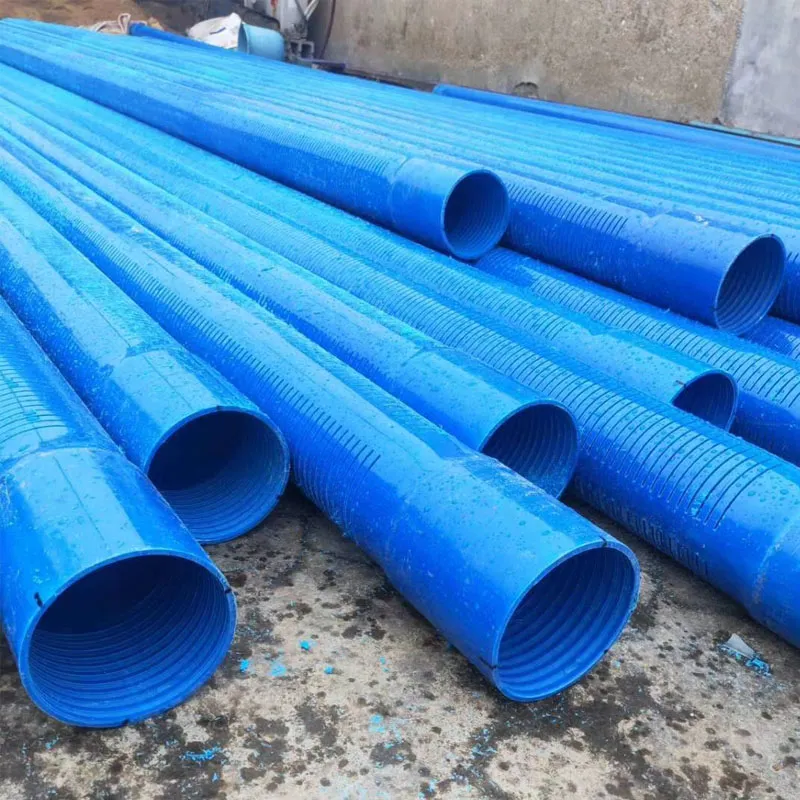Nov . 02, 2024 03:02 Back to list
pvc pipe vs ppr pipe products
PVC Pipe vs. PPR Pipe A Comprehensive Comparison
When it comes to plumbing and piping systems, two popular materials frequently come into consideration PVC (Polyvinyl Chloride) and PPR (Polypropylene Random Copolymer). Both materials have distinct properties, advantages, and disadvantages that make them suitable for various applications. This article delves into the key differences and considerations when choosing between PVC and PPR pipes.
Composition and Characteristics
PVC pipes are made from polyvinyl chloride, a synthetic plastic polymer. They are known for their rigidity and durability, making them suitable for a wide range of plumbing applications. PVC pipes are typically used for water supply, drainage, and sewage systems due to their resistance to corrosion and chemical damage.
On the other hand, PPR pipes are manufactured from polypropylene random copolymer. This material offers a higher resistance to heat and chemicals, making PPR pipes ideal for hot water applications and industrial uses. PPR pipes are generally more flexible than PVC, allowing for easier installation in certain scenarios.
Durability and Lifespan
When considering longevity, both PVC and PPR pipes offer impressive durability. PVC pipes can last up to 50 years or more when properly installed and maintained, and they do not rust or corrode. However, bad weather conditions and extended exposure to UV light can lead to brittleness over time.
PPR pipes can last even longer, often exceeding 50 years. They are resistant to scaling and corrosion, which contributes to their longevity. Additionally, PPR pipes have a smooth inner surface, reducing the risk of clogging and ensuring a sustained water flow.
pvc pipe vs ppr pipe products

Temperature and Pressure Resistance
In terms of temperature resistance, PVC pipes can typically handle temperatures up to 140°F (60°C), making them unsuitable for high-temperature applications. However, PPR pipes excel in this area and can withstand temperatures of up to 200°F (93°C), making them a preferred choice for hot water systems and heating applications.
When it comes to pressure ratings, both PVC and PPR pipes perform admirably, though PPR pipes usually have a higher pressure rating, which makes them more suitable for high-pressure applications.
Installation and Cost
The installation process for both types of pipes can vary. PVC pipes often require solvent welding for installation, which may involve hazardous chemicals. In contrast, PPR pipes can be joined using either welding or mechanical connections, offering more flexible installation options.
In terms of cost, PVC pipes are generally less expensive than PPR pipes, making them an attractive option for cost-sensitive projects. However, it’s essential to consider the long-term benefits and durability of PPR pipes, which can justify the initial investment over time.
Conclusion
In conclusion, the choice between PVC and PPR pipes ultimately depends on the specific requirements of the project. For general applications and lower-budget projects, PVC pipes offer a cost-effective solution. On the other hand, if the application involves high temperatures, pressures, or requires a longer lifespan, PPR pipes may be the better choice. Assessing factors like temperature resistance, installation method, and budget will help determine the most suitable option for your plumbing needs. Both materials have proven their reliability and effectiveness in various applications, ensuring that users can find a suitable solution for their specific requirements.
-
High-Quality PVC Borehole Pipes Durable & Versatile Pipe Solutions
NewsJul.08,2025
-
High-Quality PVC Perforated Pipes for Efficient Drainage Leading Manufacturers & Factories
NewsJul.08,2025
-
High-Quality PVC Borehole Pipes Durable Pipe Solutions by Leading Manufacturer
NewsJul.08,2025
-
High-Quality PVC Borehole Pipes Reliable PVC Pipe Manufacturer Solutions
NewsJul.07,2025
-
High-Quality UPVC Drain Pipes Durable HDPE & Drain Pipe Solutions
NewsJul.07,2025
-
High-Quality Conduit Pipes & HDPE Conduit Fittings Manufacturer Reliable Factory Supply
NewsJul.06,2025

